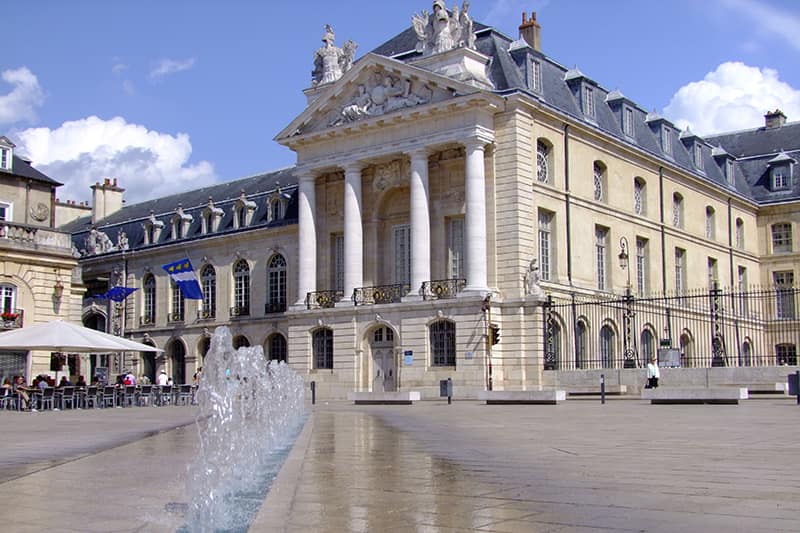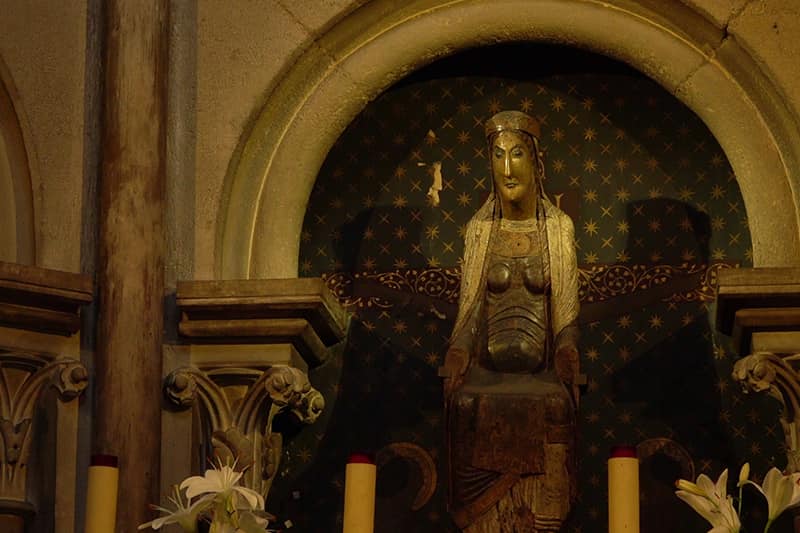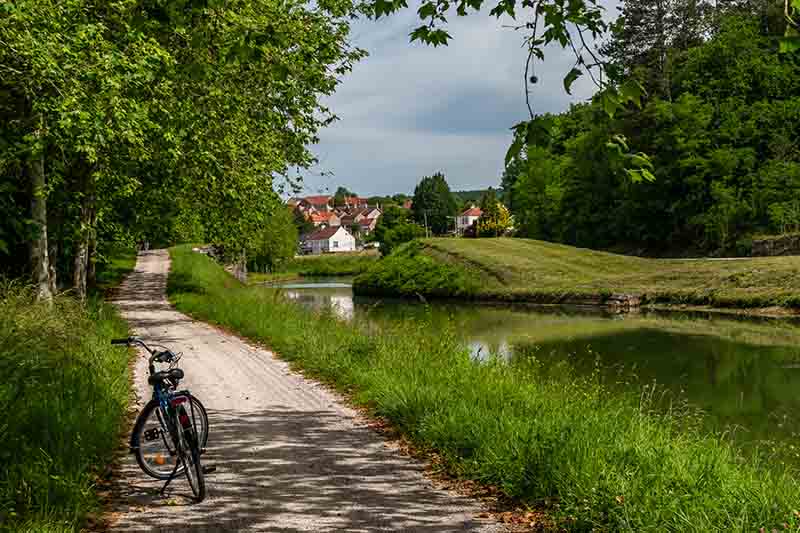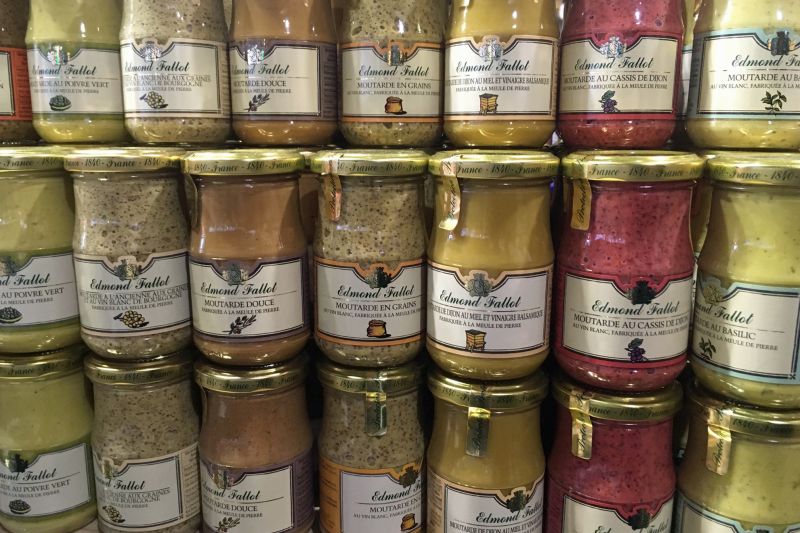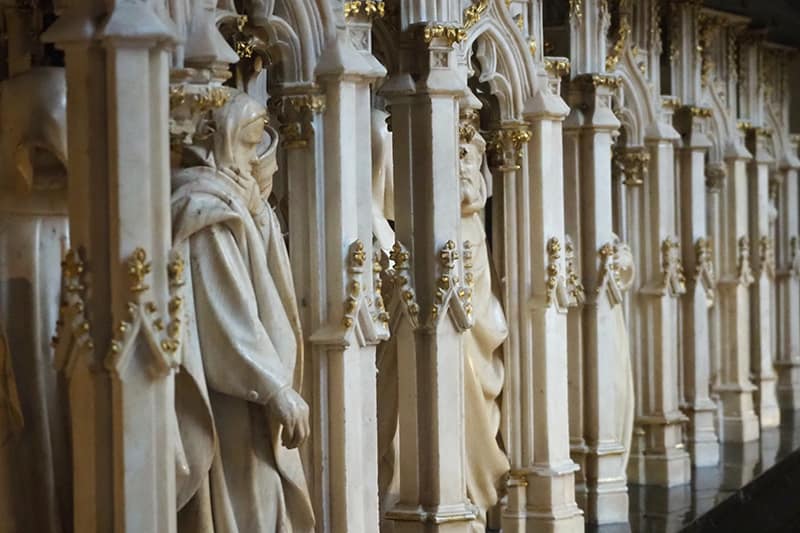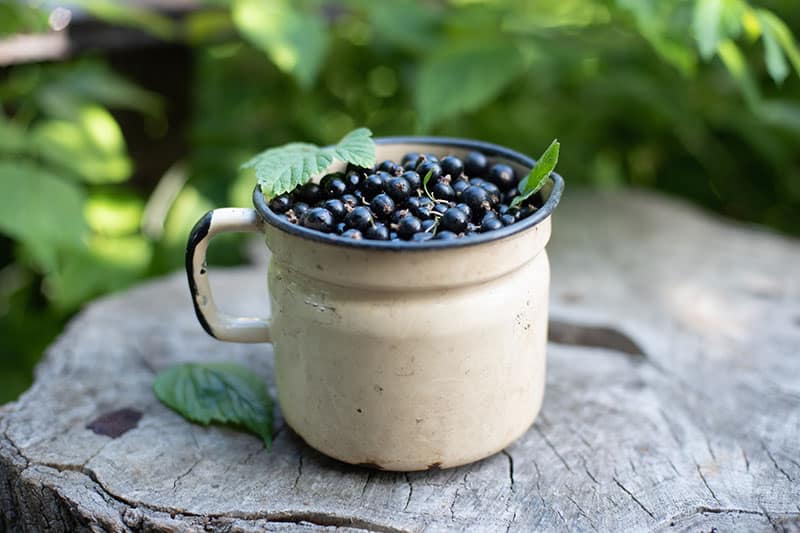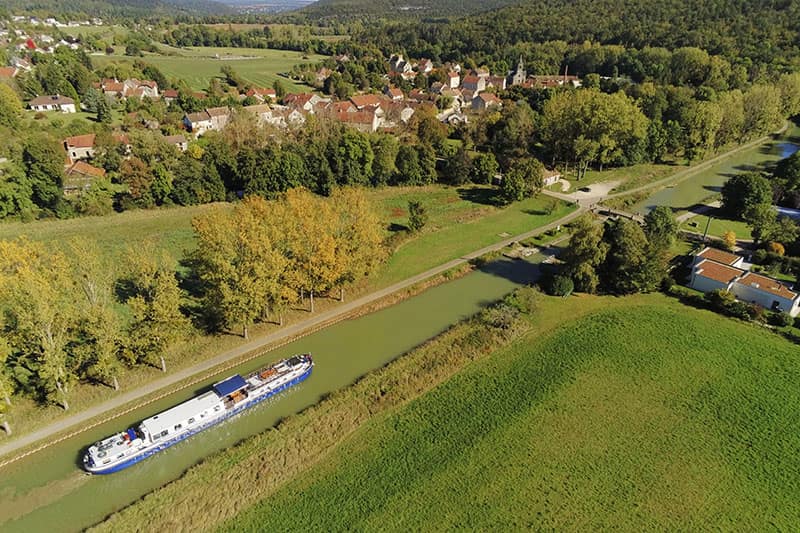You may have heard of Dijon because of its famous mustard, but did you know that it’s the capital of the Burgundy region in France? Often overlooked by those searching for the ideal mini-break location, Dijon is so much more than just a condiment. It’s a city that’s full of culture, cuisine and of course, wine.
Once home to the Dukes of Burgundy, there are markets, churches and museums worth visiting in Dijon, France. If you’re planning on taking a trip to Dijon, then make sure you visit our top 10 things to do!
1. Les Halles de Dijon
Supposedly built from plans drafted by Gustav Eiffel, Les Halles were inspired by the architect’s signature metal work. Towering above the historic streets of Dijon, Les Halles is a covered marketplace that’s easily recognised by its nineteenth century iron structure and glass windows. This building is home to the markets of Dijon, which are famous for selling an impressive variety of goods, from cheese and wines to books and records.
You can find a huge variety of fresh produce at the markets, and even our barge chefs shop here to collect fresh vegetables, which they use to cook delicious meals for our guests. Whether you’re searching for souvenirs to take home from your travels, or just a few treats to snack on during the day, Les Halles de Dijon will undoubtedly have everything you need.
2. Notre Dame de Dijon
Built at the very centre of historic Dijon is the glorious Gothic church of Notre Dame. Dating back to the thirteenth century, this building is now a historic monument. The western façade has as many as 51 gargoyles in the form of ornamental animals and monsters.
The animal theme also carries through to Notre Dame’s owl sculpture on the corner of a chapel. Now with its details worn away through the touch of passers-by who made wishes, the symbol of the owl has become synonymous with Dijon. Don’t miss Notre Dame’s statue of the Virgin Mary, which is thought to be the oldest in France. This statue, named Notre Dame de Bon Espoir, is said to be able to work miracles.
3. Follow the Owls
If you’re looking for a quick, easy route around the city then follow the local tourist board attraction trail. Little brass plaques in a triangle shape are engraved with a friendly owl, who guides you around Dijon. Look out for the plaques in the walls of buildings and on streets as you wander around the city.
The accompanying Tourist Board trail booklet will help you work out where you are in Dijon, France, and give you details about the things you will see on the trail. Simply drop into the tourism office to purchase yours. There are many attractions to see on this walking tour of historic Dijon, and opportunities to stop at some of the museums and landmarks.
4. Cycle along the Burgundy Canal
For those that prefer cycling to walking, then why not enjoy the picturesque views along the Burgundy Canal? Guests travelling aboard L’Impressionniste with European Waterways can borrow a bike to enjoy a relaxing cycle alongside the barge. Feel the gentle breeze on your skin and experience the fresh air and pretty flora that surrounds as you cycle along the towpath.
Cycling the tow path is a great way to slow down and take in unspoilt French countryside and the vineyards of Burgundy. Navigate the 200-year-old Burgundy Canal and enjoy the stunning views that surround the canal on either side of you. You will see rural landscapes that climb hills, showcasing Dijon and other landmarks in the distance.
5. Visit Le Moutarderie Fallot
Tasting the mustard of Dijon is practically a rite of passage when visiting this famous French city. There’s simply no better place to experience Dijon mustard than in the boutique atelier of Le Moutarderie Fallot. Made from mustard seeds that have been grown in the local region, Edmond Fallot mustard was first established in 1840 and uses traditional methods to grind mustard seeds using stone.
La Moutarderie Fallot is situated in Rue de la Chouette at the heart of the city, near Musee des Beaux-Arts de Dijon. Visit the ‘Mustard Bar’ to get advice on your condiments from the Fallot team and take in the aesthetically pleasing boutique presentation of mustard jars. In true Dijon fashion, visitors can even fill their own stoneware jar from the mustard pumps in the store!
6. Ducal Palace
Right at the heart of Dijon in the centre of the old town is the Palais des Ducs et des États de Bourgogne. Showing off a mixture of Baroque and classical architecture, its two wings with grand columned facades and its curved outer walls now flank a pedestrian square. Originally built in the 14th and 15th century, the Palace is still remarkably complete, though most of its exterior dates to the 18th century.
Now housing the tourism office of Dijon, France, the central area of the palace is hired out for functions and events. Visitors to the Ducal Palace can learn about the history of the Dukes of Burgundy and see some of the state rooms inside. Those who enjoy a good view can climb the tower of Philippe le Bon to see the city of Dijon from above.
7. Musée des Beaux-Arts
Don’t miss an opportunity to visit the Musée des Beaux-Arts whilst you’re at the Ducal palace. Occupying the opposite wing to the tourism office, Le Musée des Beaux-Arts is an impressive collection of artworks that was once owned by the Dukes of Burgundy. Though the collection has now grown to include archaeology and textiles too, its collection showcases the historic wealth of Dijon and the wider Burgundy region.
With over 100,000 items in the collection, it would be impossible to see everything at the Musée des Beaux-Arts. Visitors can see sculpture, tombs, triptychs, and paintings, spanning a time period from antiquity up until the twenty-first century. The collection even includes an Ancient Egyptian mummy! Art-lovers shouldn’t miss the works of Monet, Pissaro and Tissot on display.
8. Musée Rude
Situated in the former church of Saint Etienne, Musée Rude displays the work of the Dijon-born sculptor, François Rude (1784-1855). This beautiful, domed building provides the perfect light and ambiance to present Rude’s most famous works.
Beautifully exhibited within the former transept is Rude’s most famous work, Départ des Volontaires de 1792. Captured in plaster cast, the version in the Musée Rude is a recreation of the work that can be seen on l’Arc de Triomphe in Paris. Other sculptures by Rude are also on display here in Dijon, France, and include effigies, busts and a representation of Napoleon Bonaparte awakening to immortality.
9. Sample Crème de Cassis at L’Heritier-Guyot
L’Heritier-Guyot was one of the first distilleries to be founded in the Dijon region and its boutique is a must-visit for cocktail lovers. The distillery creates Crème de Cassis using the traditional methods first introduced by Louis-Baptiste L’Héritier when it was founded in 1845. With more than 2 million bottles of L’Heritier-Guyot cream liquor sold per year in France alone, it is a market leader in its field.
Made by macerating fresh blackcurrants grown in Burgundy, L’Heritier-Guyot Crème de Cassis is made in Dijon and has an alcoholic strength of around 15%. Stop in at the Dijon boutique to taste some of the many types of cream liquor on offer, choosing from flavours like amaretto and triple sec.
Did you know, the Kir Royale cocktail is made with Crème de Cassis and champagne? You can explore the Champagne region year-round aboard the eponymous 8-passenger hotel barge, Kir Royale.
10. Musée de la Vie Bourguignonne
To really immerse yourself in Burgundian life, head to Musée de la Vie Bourguignonne. With so much of the region’s history displayed here, it’s a great way to experience the heritage of Dijon and the wider Burgundy region.
Inside the Museum of Burgundian life, you will find mannequins wearing period costume, and old machines like original mustard pumps and a sweet maker. The museum has an assortment of extremely eclectic items! Interact with some of Dijon’s past and even experience recreations of 1800s shop fronts for yourself. Visiting Dijon’s Musée de la Vie Bourguignonne really is like walking back through time!
Barge to Dijon with European Waterways
Book a cabin aboard hotel barge L’Impressionniste to experience Dijon in supreme comfort. Our luxury barge will transport you up the Burgundy Canal, where you will be taken to Dijon to experience some of its culture and history. Taste crème de cassis at L’Heritier-Guyot and mustard at La Moutarderie Fallot, then strolling around the beautiful town to take in its architecture.
With extravagant cuisine and Burgundy wine served on board with five-star hospitality, European Waterways is the perfect choice if you’re looking to explore Dijon indulgently.
To find out more about L’Impressionniste and her route through the Burgundy countryside, then why not order a free copy of our brochure or perhaps have a no-obligation chat with a member of our team via our Contact Form.
 English
English
 Spanish
Spanish French
French German
German Norwegian
Norwegian Portuguese
Portuguese Swedish
Swedish Italian
Italian Russian
Russian Simplified Chinese
Simplified Chinese Japanese
Japanese
